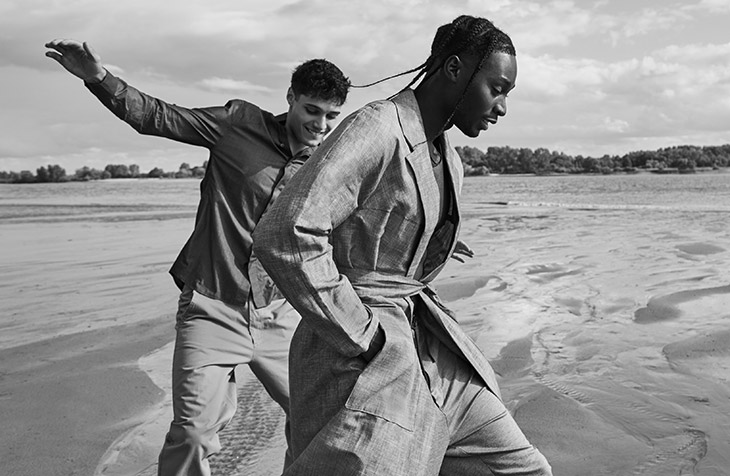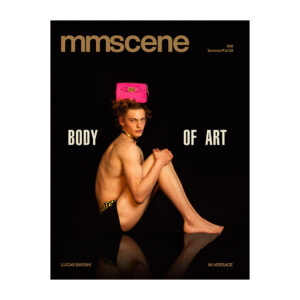
Professional photography is much more than just capturing images. It strives to capture and convey emotions that resonate with viewers. Pictures that make us feel joyful, sad, excited, or nostalgic are usually the most memorable ones.
The ability to express feelings through photography can transform ordinary pictures into beautiful and captivating art. However, it might be challenging to master. Read further to discover eight aspects that can help you infuse your photos with emotion and help them leave a lasting impact.
The meaning of feeling in photography
Before discussing the concept of conveying certain feelings, let’s define feeling in photography. Basically, it’s the emotional response that a visual evokes in a viewer.
A picture that induces feelings doesn’t just capture a moment, instead, it conveys an emotion, atmosphere, or mood that connects with the audience on a deeper level. Such an emotional connection can make a visual more memorable and impactful. Discover commercially safe emotional pictures on Depositphotos.
The importance of conveying feelings in photography
Evoking emotions in photography can be important for the following reasons:
- Emotionally compelling images can captivate viewers and hold their attention longer. They are also more likely to be remembered and shared.
- Emotions are a universally understood language. Photographers can use them to communicate with a global audience.
- Emotions are also an important part of storytelling as they can help tell more compelling and complete narratives.
- Furthermore, while capturing and conveying emotions can be a challenge, this process can also inspire and satisfy creators.

How to efficiently convey beautiful feelings and emotions in photography
One of the best ways to convey the emotions and feelings of a picture is through photography quotes. You can add them to your visual description, leave a comment under a post with them, or simply overlay the saying on the image while editing. However, this approach is supplementary. The main idea lies in capturing photos that project feelings into the hearts and minds of the viewers. To do so, here are eight aspects you should focus on:
1. Subject
Sometimes, the right choice of a subject can instantly help you convey emotions. For instance, this can be people expressing emotions with their faces and gestures or nature scenes, either calm or bustling with life.
2. Composition
Choosing the proper composition technique can also help you convey a desired emotion. Here’s how you can use the most common techniques to achieve that:
- Rule of thirds. When you position your main subject off-center in a picture, this instantly makes the composition more dynamic and engaging. This can also help create a sense of balance or tension.
- This technique requires you to use elements within a scene to frame the subject. Doing so can help draw additional attention to the emotional aspects of the scene.
- Leading lines. These are natural lines in the environment that guide the viewer’s eye to the main subject in a photo. Using them can boost the emotional impact of a visual.
- Negative space. This is empty space in a picture that can also emphasize certain emotion, such as isolation or focus.
3. Lighting
Smart use of lighting can help you set the mood and create a certain atmosphere. For instance, a picture shot in a soft, diffused light can look calm and peaceful. Direct and harsh light, on the contrary, can make an image look dramatic and intense.

4. Color
Colors generally have a significant impact on our emotions. For instance, bright and warm hues (such as red, orange, and yellow) can make a person feel energized and happier, while cool hues (such as blue, green, and purple) can help calm down.
There are several ways to create emotional impact using color. For instance, you can shoot a picture in a certain color shade to create a certain mood. You can make specific colors more prominent in the editing process. You can also make a black-and-white photo to remove distractions and help viewers focus on its mood and texture.
5. Perspective and angle
Taking a picture from a certain perspective and angle can instantly affect its emotional tone. Here are some examples of how you can achieve that:
- When you shoot from a high angle, it might seem like you’re looking down on the subject. Due to that, the subject can appear more vulnerable or insignificant.
- On the contrary, taking a picture from a low angle can help a subject look more powerful and meaningful.
- Close-ups of faces or certain details can be used to capture intimate and intense emotions.
6. Depth of field
A shallow depth of field isolates the subject in your picture from the background. You can use it to focus additional attention on the subject and emphasize emotion.
If you want to evoke emotions with the overall mood of a picture, consider trying deep depth of field instead. It keeps the entire scene in focus, allowing the viewers to pay more attention to the environment.
7. Timing
Sometimes, the right timing is what it takes to shoot a beautiful, heartfelt photo. This might require extra patience and attention from you. At the same time, such candid, sought-after, and spontaneous shots are often more genuine and emotional than staged ones.

8. Post-processing
Post-processing can help you enhance certain emotions in your visual. For instance, making an image more contrasting can help you make it darker and more dramatic. High saturation can make a visual brighter, more positive, and emotional. And certain filters can create specific effects, such as a vintage one.
The right choice of software can help you make the editing process smoother and simpler, even if you are a beginner. You can opt for more advanced tools like Adobe Lightroom, which is a part of the widely popular Adobe Creative Suite. You can also try using mobile editors like VSCO with pre-built filters and simple editing options.
Carefully selecting your subject, focusing on composition, and using lighting and color strategically can help you produce beautiful photographs that evoke feelings. Try experimenting with perspective, depth of field, precise timing, and post-processing to make your photos even more emotionally appealing. Follow the guidance in this article, practice, and develop your creative vision to create memorable, emotionally rich photographs that leave a lasting impression.
Images from Social Distortion by Leonie Lohmann – see full article here.







